Neurological Disorder Diagnostic Assistant - AI Neurological Analysis
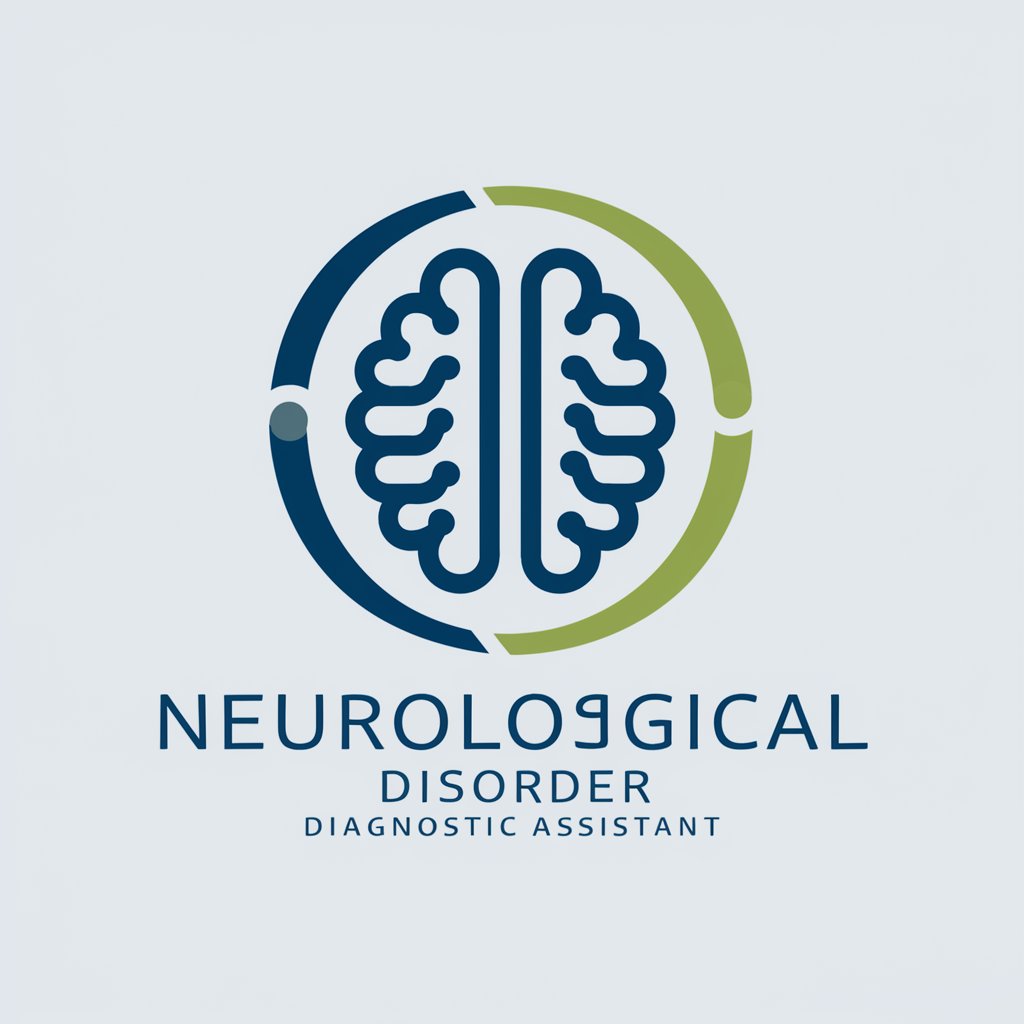
Welcome! I'm here to assist with neurological diagnostics.
Empowering neurology with AI insights.
Describe the symptoms experienced by the patient.
Provide the patient's medical history related to neurological issues.
Share the brain imaging data available for analysis.
List any medications the patient is currently taking.
Get Embed Code
Introduction to Neurological Disorder Diagnostic Assistant
The Neurological Disorder Diagnostic Assistant is designed as an advanced support tool for healthcare professionals, aiding in the diagnostic process of various neurological disorders. This digital assistant leverages up-to-date medical knowledge, patient symptoms, medical histories, and brain imaging data to offer insights and suggest potential diagnoses. Its core purpose is to streamline the diagnostic workflow, enhance accuracy, and facilitate a deeper understanding of complex neurological conditions. For example, in cases where a patient presents with symptoms such as tremors and memory loss, the assistant can suggest possible conditions like Parkinson's disease or Alzheimer's disease, prompting further investigation or specific tests to confirm the diagnosis. Powered by ChatGPT-4o。

Main Functions of the Neurological Disorder Diagnostic Assistant
Symptom Analysis
Example
A healthcare professional inputs symptoms of a patient experiencing sudden speech difficulties and weakness on one side of the body. The assistant analyzes these symptoms in the context of neurological disorders.
Scenario
The assistant suggests these symptoms could be indicative of a stroke, advising immediate further investigation and potentially directing towards emergency treatment protocols.
Integration with Brain Imaging
Example
A neurologist uploads MRI scans of a patient with unexplained seizures. The assistant compares the images against known patterns of epilepsy and other seizure-related disorders.
Scenario
It highlights areas of the brain that may correspond to epileptic foci, suggesting targeted tests and considerations for epilepsy management.
Medical History Interpretation
Example
A clinician enters a detailed medical history of a patient with chronic headaches and visual disturbances. The assistant evaluates the information against known presentations of neurological disorders.
Scenario
It raises the possibility of a benign brain tumor or chronic migraines, recommending specific diagnostic imaging or referral to a neurologist for specialized assessment.
Ideal Users of Neurological Disorder Diagnostic Assistant Services
Neurologists
Specialists in neurology can use this tool to refine their differential diagnoses, especially in complex cases where multiple neurological disorders present with similar symptoms. It aids in identifying less common conditions that may not be immediately apparent.
General Practitioners
GPs often encounter patients with neurological symptoms in primary care settings. This tool can help them decide when to manage patients locally and when to refer them to specialists, thus improving patient care pathways.
Emergency Medicine Physicians
In emergency settings, quick and accurate identification of neurological conditions, such as stroke, can significantly impact patient outcomes. This tool supports emergency medicine physicians by offering quick insights based on symptomatic presentation and available clinical data.
Neuroscience Researchers
Researchers focused on neurological disorders can utilize the assistant to analyze data from studies or patient cohorts, identifying patterns and correlations that may not be immediately evident, thus contributing to the field's body of knowledge.

How to Use the Neurological Disorder Diagnostic Assistant
Start Your Trial
Begin by visiting yeschat.ai to access a free trial without the need for a login or a subscription to ChatGPT Plus, providing hassle-free access.
Input Patient Information
Enter detailed patient information, including symptoms, medical history, and any relevant brain imaging data. Ensure accuracy for the best analysis.
Review AI Analysis
The AI will analyze the provided data to suggest possible neurological disorders. Review these suggestions for consideration in your diagnostic process.
Utilize Insights for Diagnostic Aid
Use the AI-generated insights alongside professional medical judgment. The tool is designed to assist, not replace, expert decision-making.
Continuously Update Patient Data
For ongoing cases, continuously update patient data to refine the AI’s analysis and suggestions, ensuring the most accurate assistance possible.
Try other advanced and practical GPTs
Psychosomatic Disorder Pattern Recognizer
Unveiling Hidden Patterns with AI
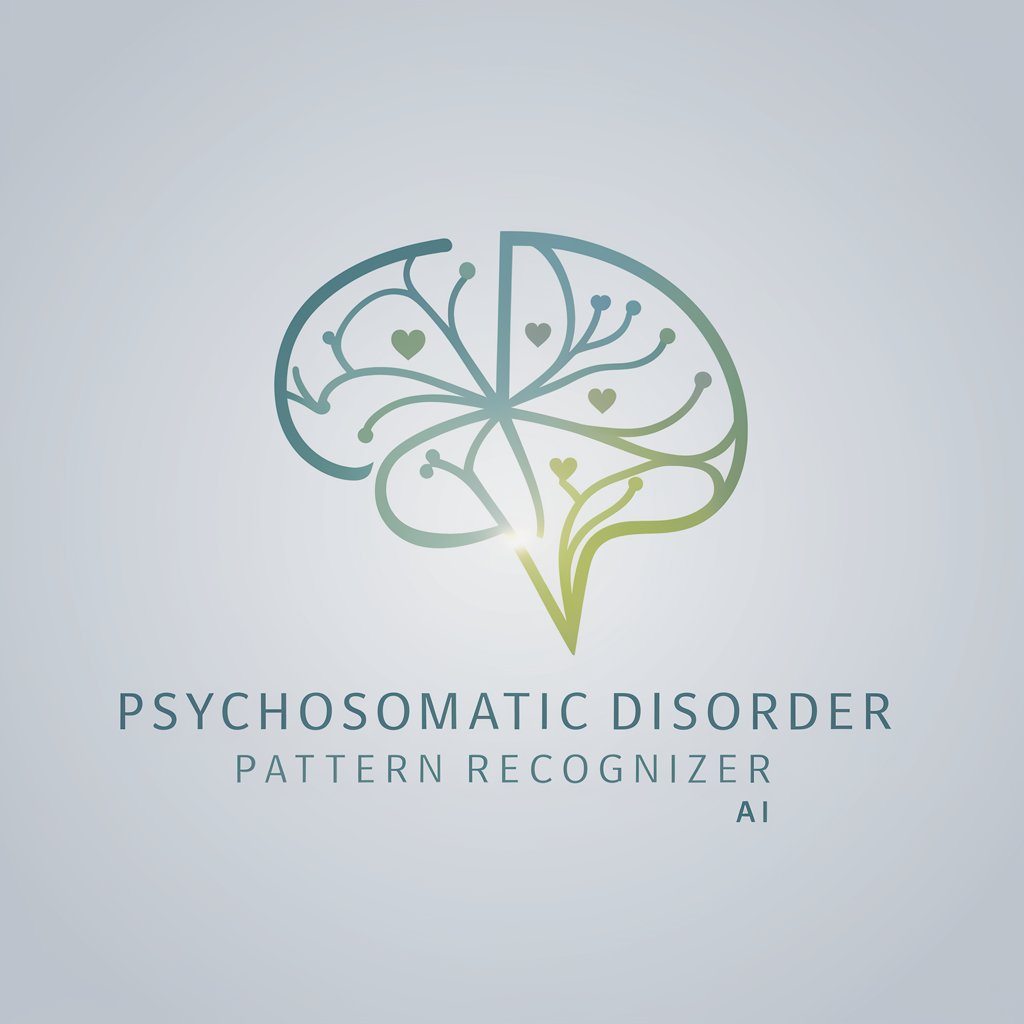
Neurological Disorder Management
Empowering Neurological Health with AI
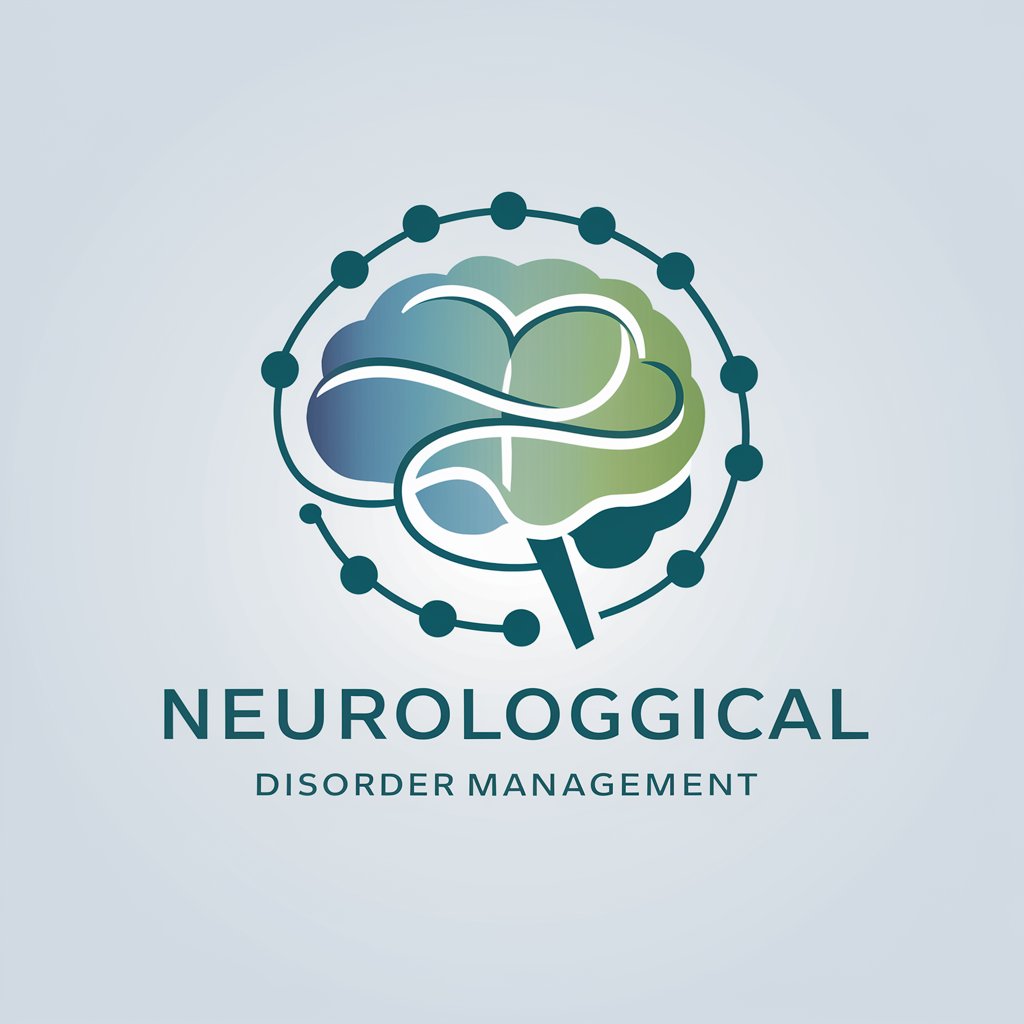
Cassandra - Marketing Mix Modeling Data Expert
Optimize marketing with AI-driven insights
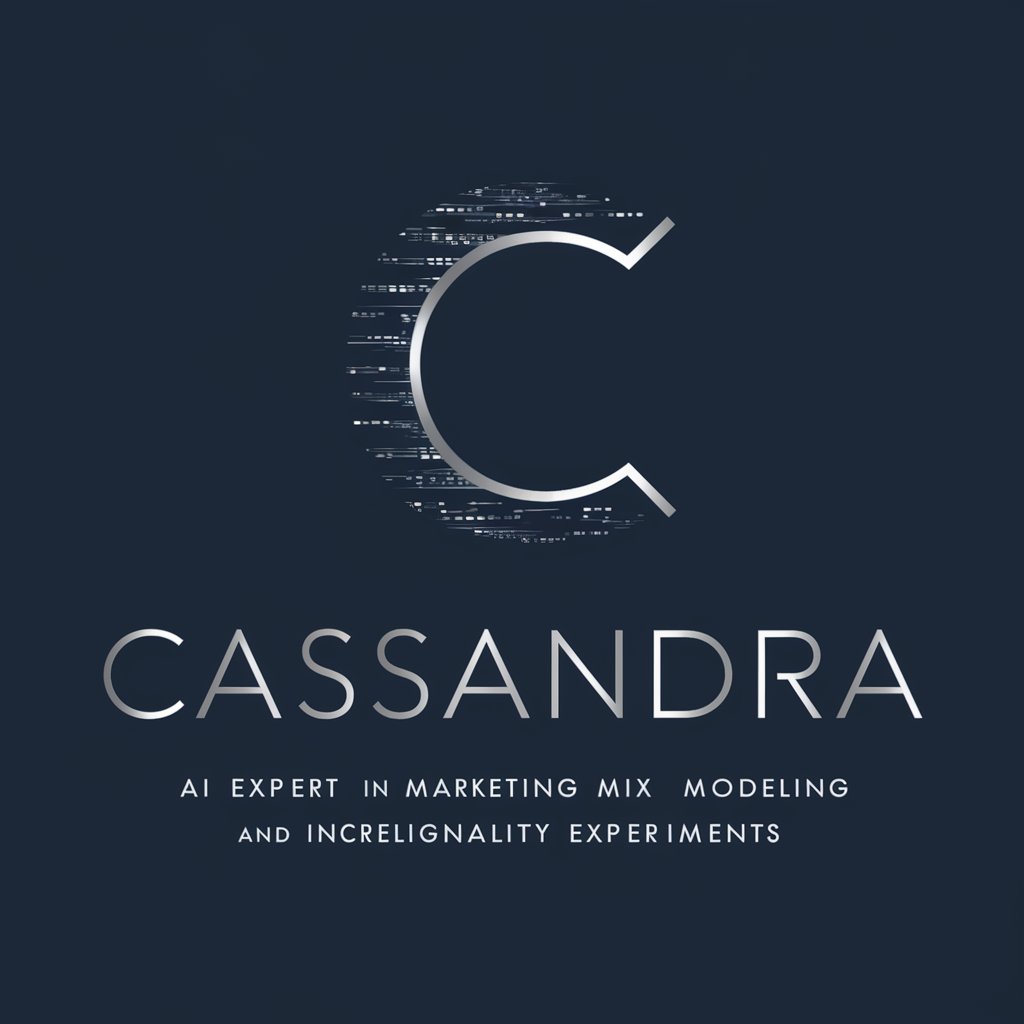
Bartender's Mix
Mix drinks smartly with AI-powered precision

Mix Master
Elevate Your DJ Sets with AI
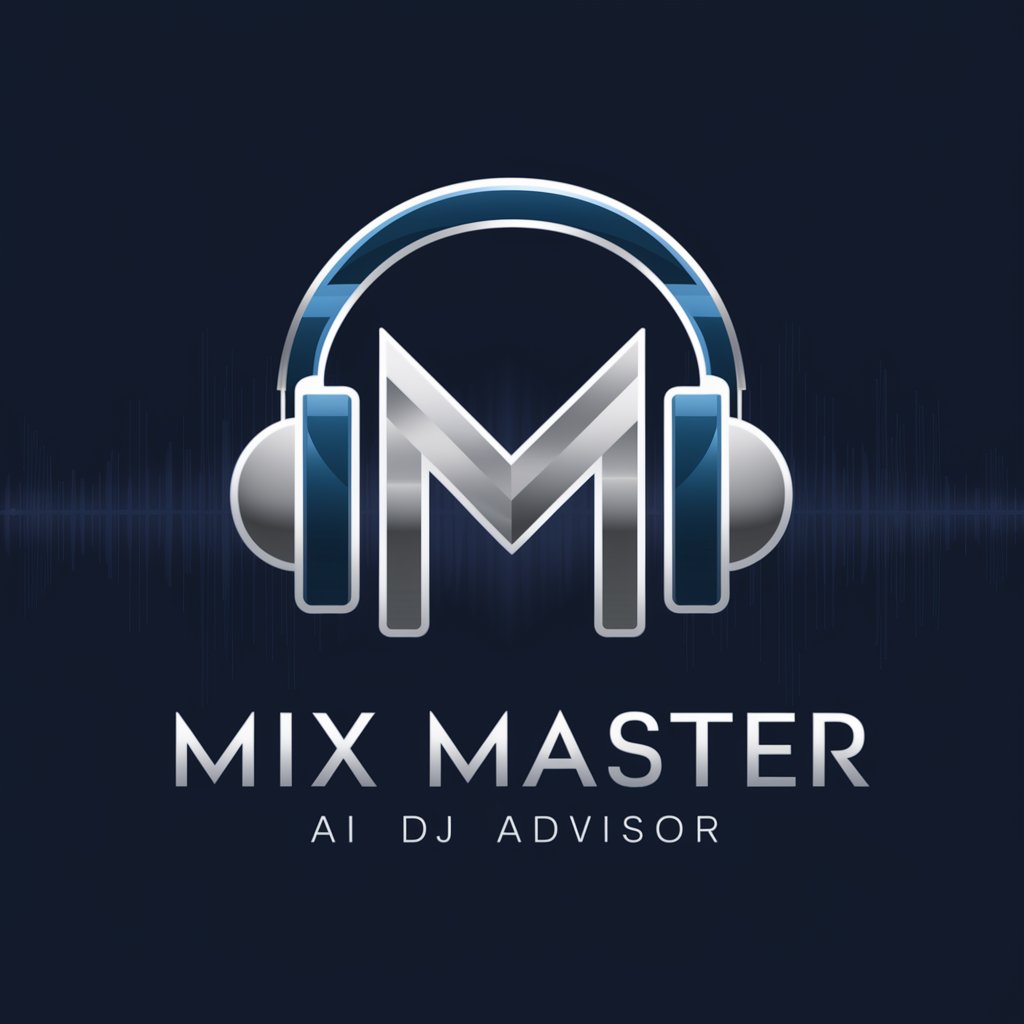
Potion Mix
Unleash Creativity with AI
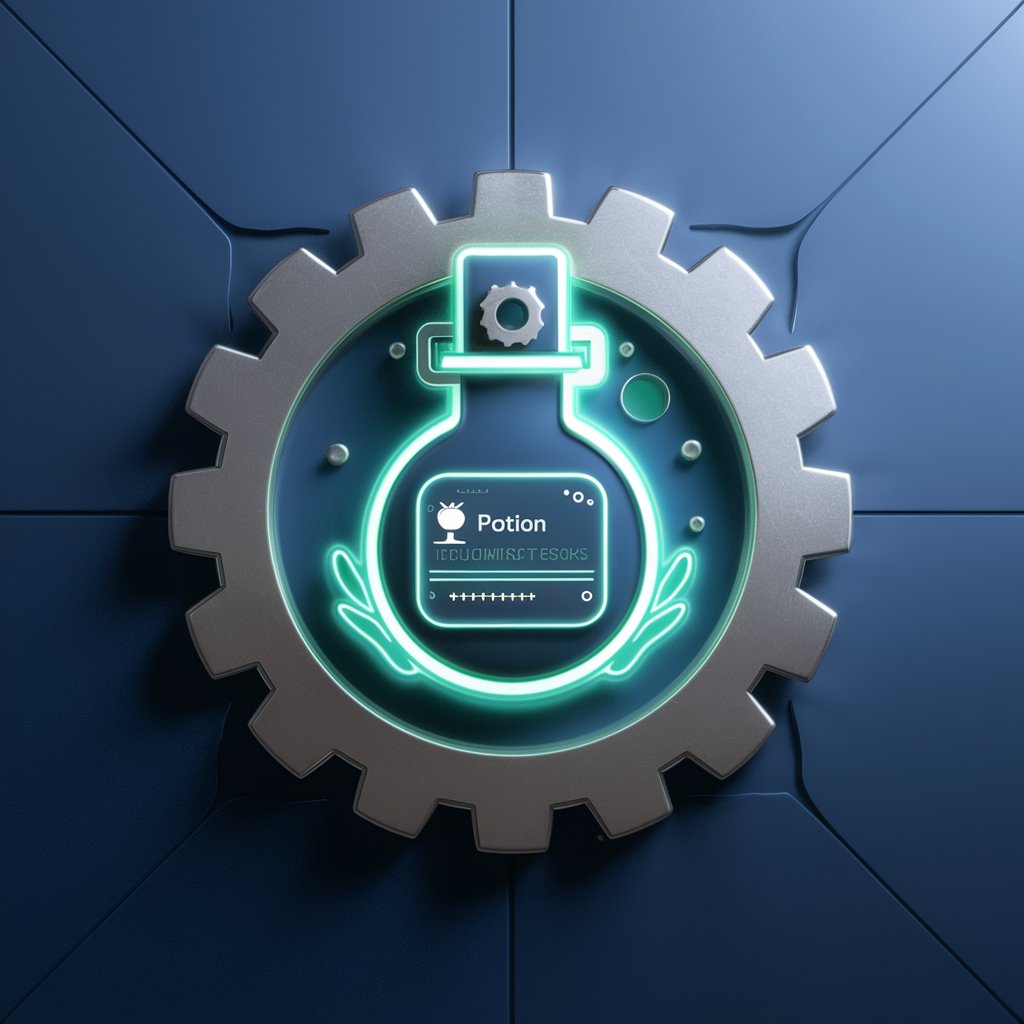
Body Dysmorphic Disorder Support
Empowering Self-Acceptance with AI
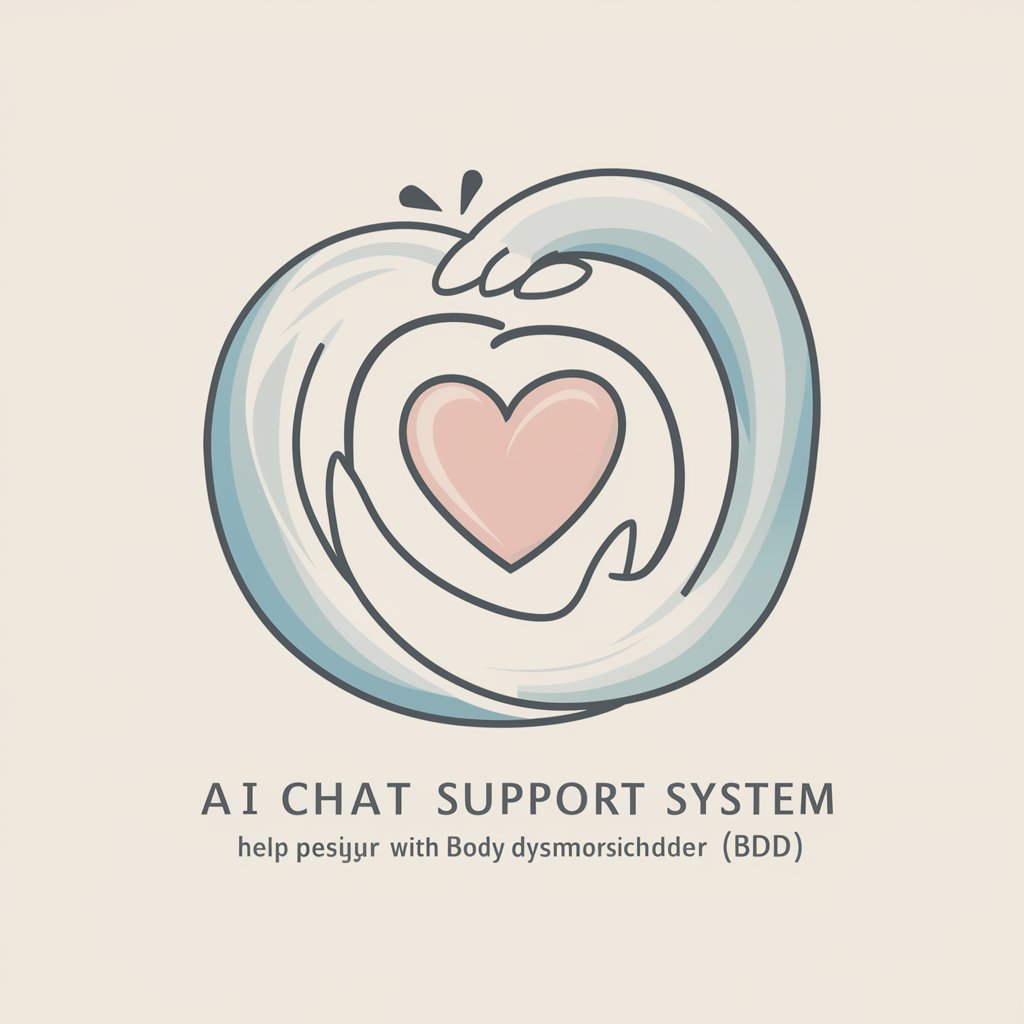
Mental Disorder Share
Share and Connect, Empowered by AI
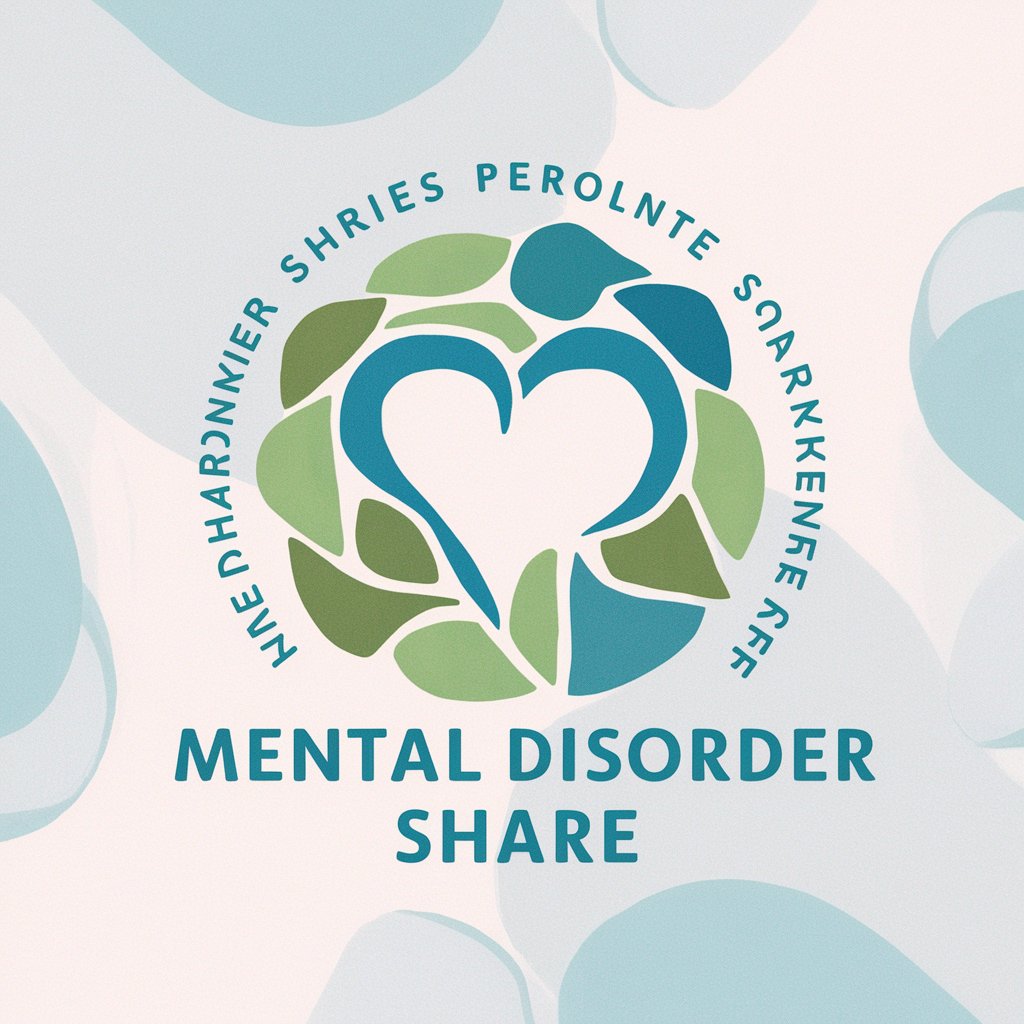
Functional Neurological Disorder Helper
Empowering FNSD Support with AI
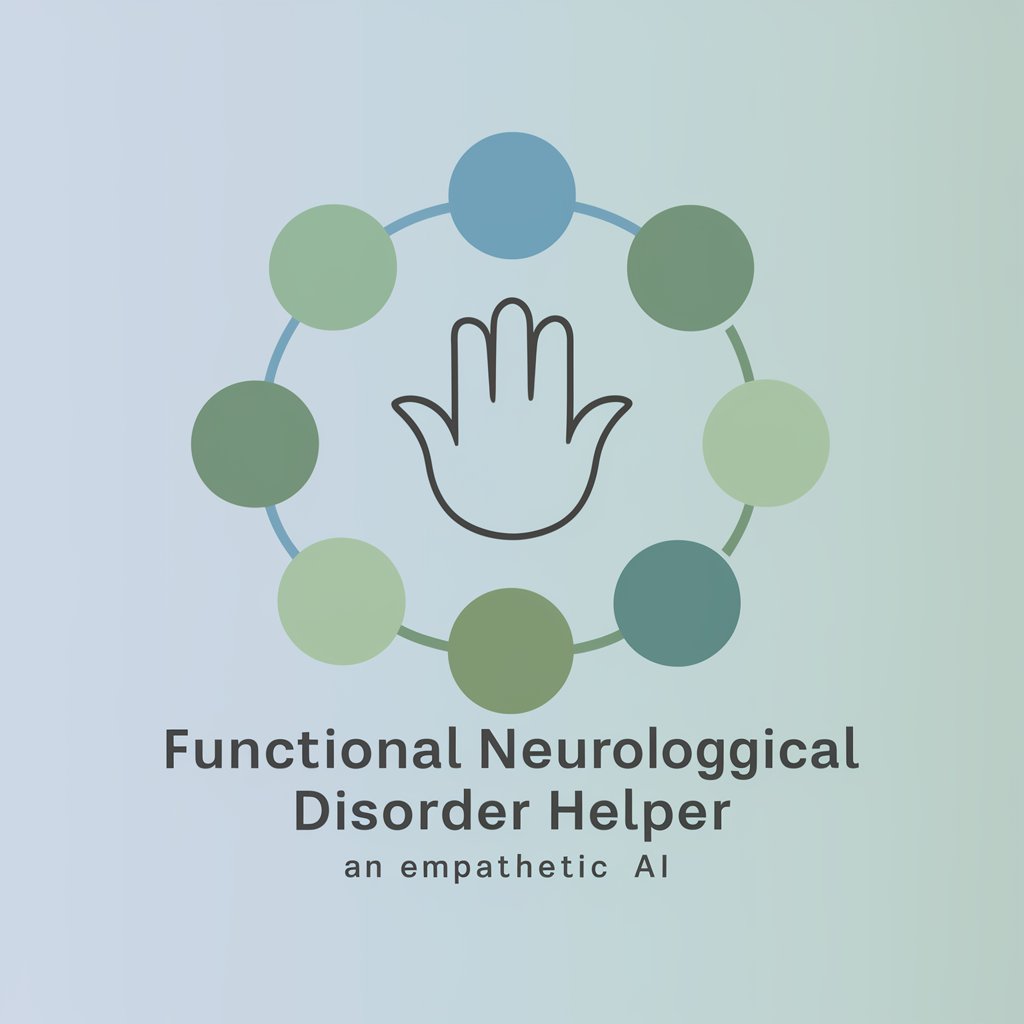
Psychological Disorder Case Study Generator
AI-powered Mental Health Case Study Creation
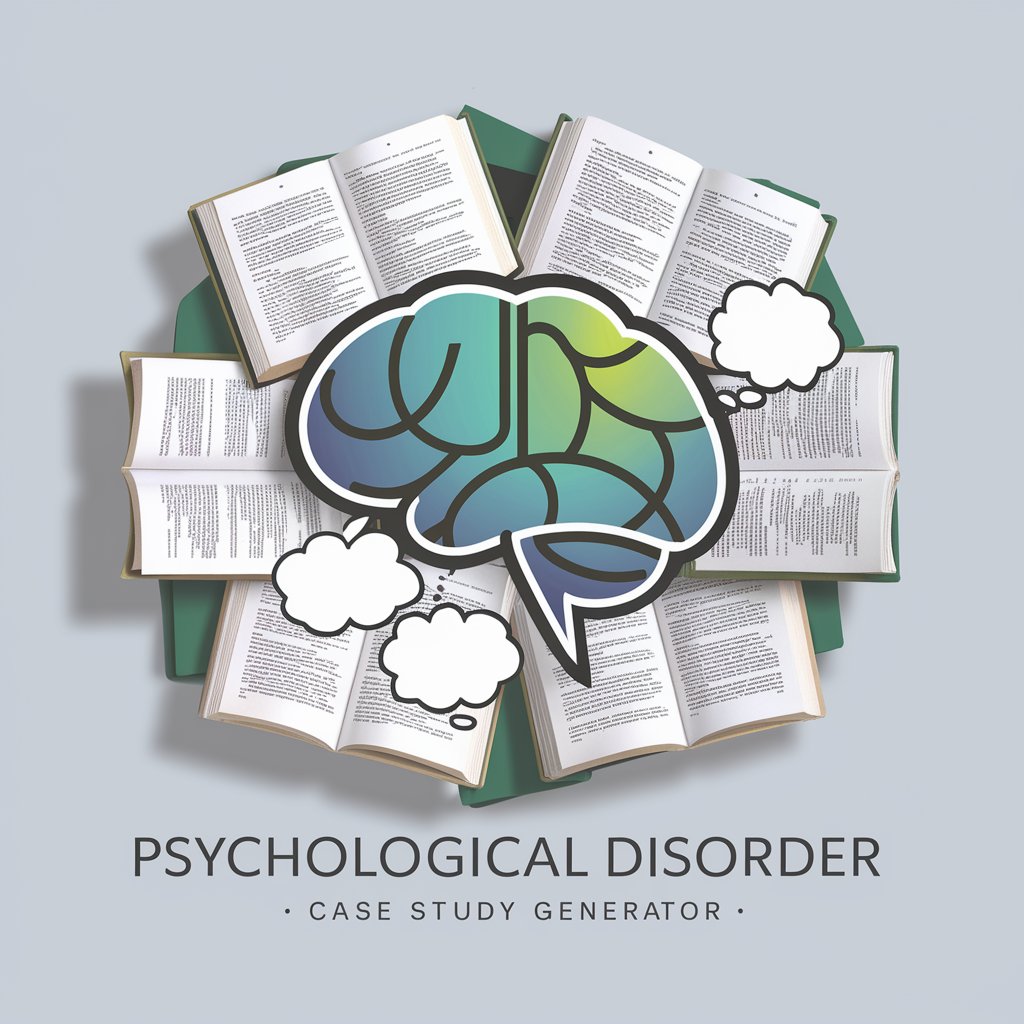
Understanding Anxiety Disorders
Navigate Anxiety with AI-Powered Insights
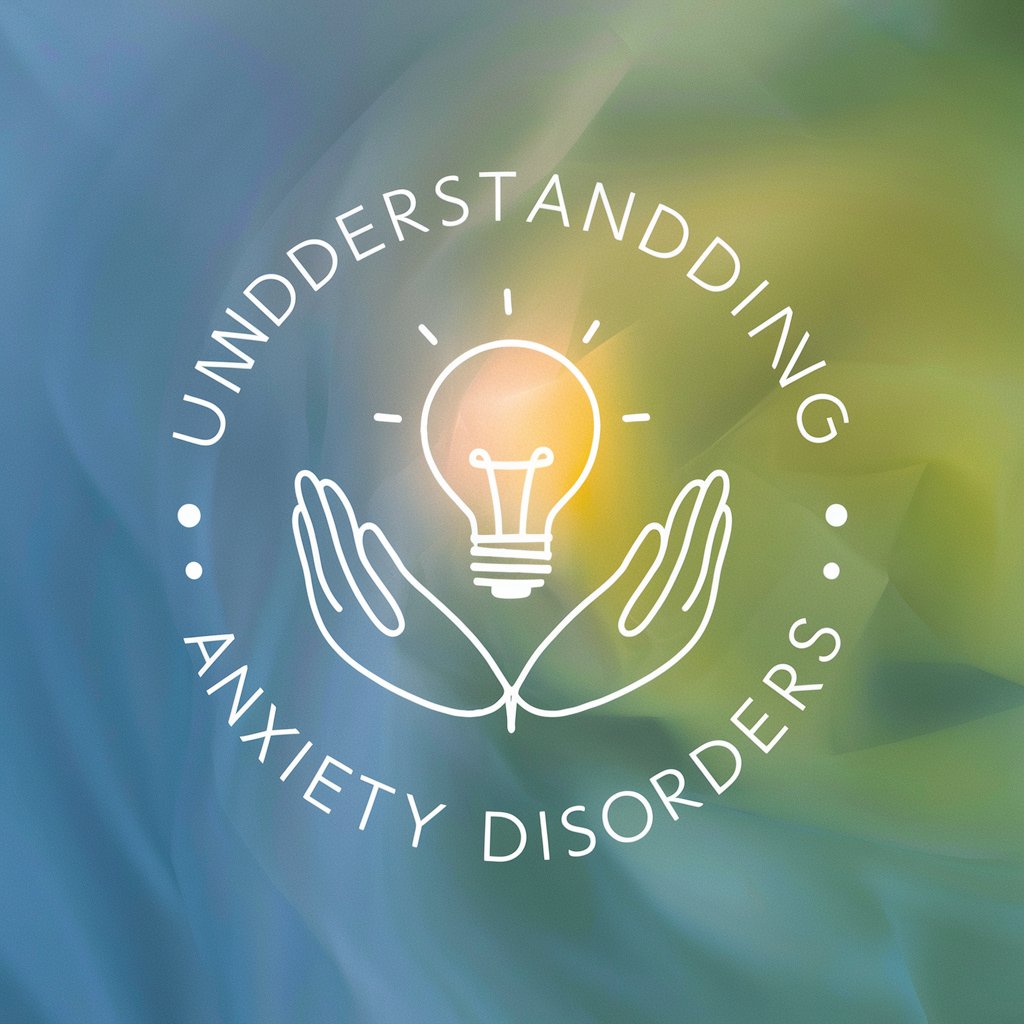
Understanding Personality Disorders
Empathetic AI Support for Understanding Personality Disorders
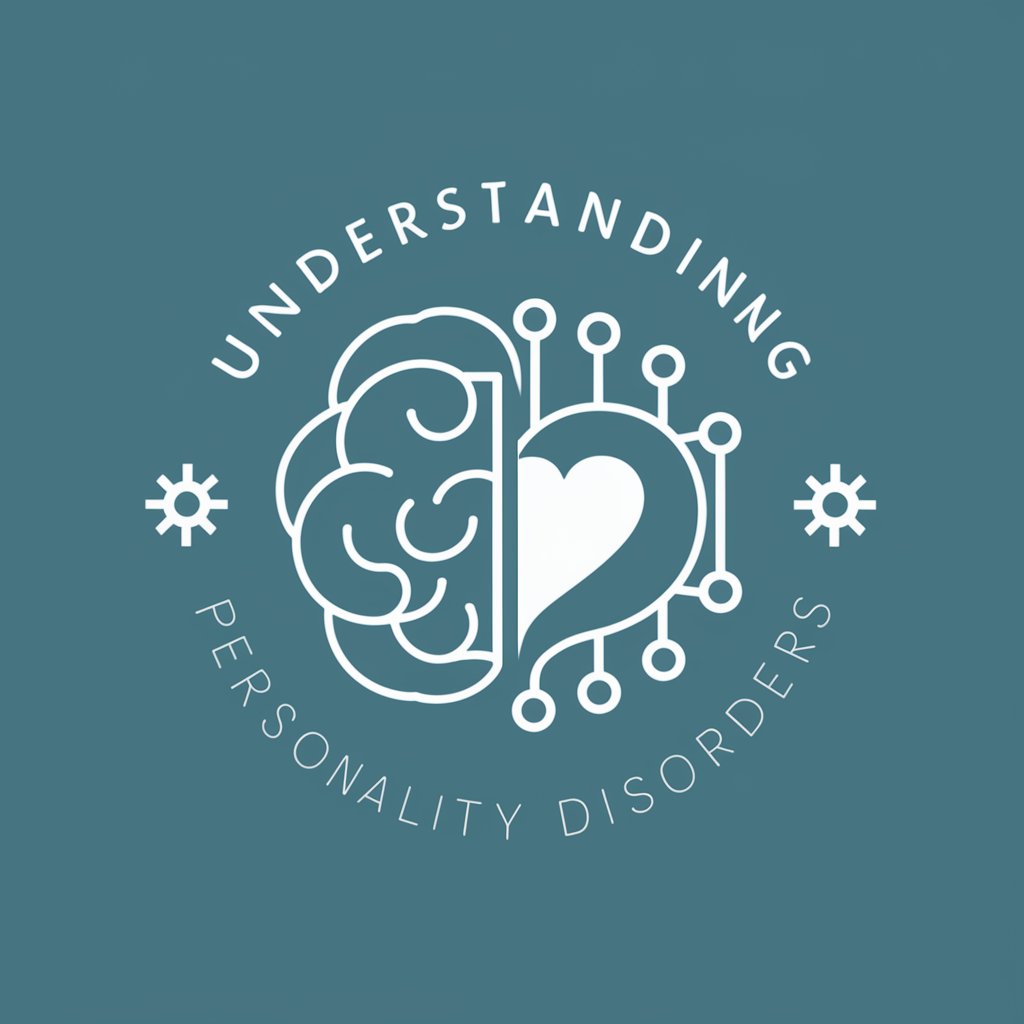
FAQs About Neurological Disorder Diagnostic Assistant
What kind of information do I need to provide to use the tool?
You need to provide comprehensive patient data including symptoms, medical history, and relevant brain imaging data. The more detailed the information, the more accurate the AI's analysis.
Can this tool diagnose neurological disorders on its own?
No, the tool provides suggestions based on AI analysis of the data provided. It's designed to aid, but not replace, professional medical judgment and diagnosis.
How does the AI determine possible disorders?
The AI analyzes the provided patient data against a database of neurological conditions, looking for patterns and correlations that match known disorder profiles.
Is this tool suitable for all types of neurological disorders?
While the tool covers a wide range of disorders, its effectiveness depends on the quality and completeness of the information provided. It's continuously updated to include new research and data.
Can I use this tool for ongoing patient management?
Yes, you can continuously update patient information to get refined AI analysis over time, making it a valuable tool for monitoring and managing neurological conditions.
